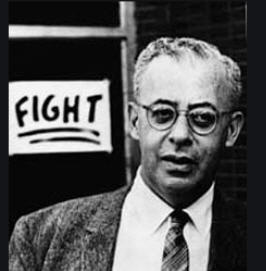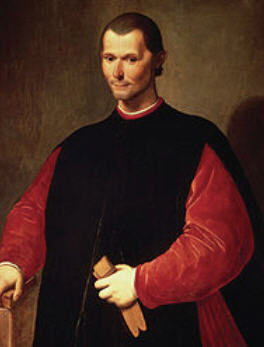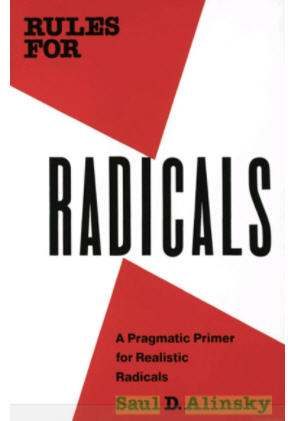What’s Next?
Editor’s Note: Want the cartoon version? Several pals have been batting that around. It goes something like this for likelihood. Mr. Biden will do the best his handlers can manage. I have tried to mange the affairs of people who had varieties of progressive cognitive decline. This campaign incorporates many aspects of it. So, first “what’s next” is whether Mr. Biden can make it to Election Day. It is entirely possible that he can’t, and his replacement on the ticket could cause some interesting turmoil. If things continue along the path as it exists, we will get to Election Day with highly motivated Trump voters voting the way they always have. Result? I don’t see a Biden landslide, and neither does his campaign. A narrow win for Joe will jump immediately to the courts. I think it likely that Trump wins the day, narrow or big. Then things get interesting. A big win on Election Day is reflected in a majority of swing states. That will determine what’s next. depending on how the count looks, but in any case, expect the results to be challenged in many legal appeals. If the result is a narrow win for Trump in a few key jurisdictions, rail cars of mail-in ballots will be “discovered” and added to the tally until Mr. Biden (or whoever) wins. Will Trump accept the results? How long will the legal fights go on? It is going to be an exciting time with plenty of opportunities for laughter. In order to better keep track on what is happening, or better, WHY it is happening, today’s outing is a little background on how politics works.
– Vic
What’s Next?

(Saul Alinsky, one of the modern leaders in real political tactics)
It is exciting to be in historic times. Well, maybe that is not quite right. The historic times are coming to us whether we are excited or not, though the result will not be quite what we are used to. It shouldn’t be unexpected, since the techniques have been around in human politics for as long as you care to look for them.
Some of the people who outlined them have been enshrined in the historical narrative. The guy who is cited- often with disparaging mention- is Niccolò di Bernardo dei Machiavelli, aka “Bernie,” an Italian diplomat, philosopher and writer. He is best known for his seminal treatise “The Prince,” written in 1513. On his better days, he is called “the father of modern political science.”

(The other Bernie, on a good day.)
Like him or not, he left the legacy of framing our public discourse in straightforward if manipulative terms. Fun guy, with a long shadow. I am not going to tar anyone modern with his assorted baggage, but he influenced the art of understanding how to mold our perceptions on how things work, and how we can make those perceptions comport with our desires.
One of the people who played in this arena of public life in our times was a fellow named Saul David Alinsky. He was born a few years after the start of the last century, and lived through the turmoil of the 1960s to perfect his action narrative in the landmark book “Rules for Radicals: a Pragmatic Primer.” It was published in 1971, the year before his passing, but his influence was already at work. Hillary Rodham, in her years before marriage to Bill Clinton, did her Wellesley senior thesis on him, complete with in-person interviews.

Alinsky was a Chicagoan, and brings us into the decisive National influence on the way things work in the Windy City. We had an early demonstration of that in the Kennedy-Nixon election. Despite circumstances of questionable legality, Nixon chose not to fight over the tallies that put JFK in the White House. Chicago itself moved to the White House itself with the election of Mr. Obama, and the installation of his pal and mentor Valerie Jarrett as senior policy advisor. Don’t get me started on her central role in what happened over two terms. I am filled with awe on what bringing the Machine to Washington accomplished.
The best way to do that is through Mr. Alinsky’s tactical handbook. It is an invaluable resource. When I see something happening on the national scene that doesn’t make sense, I go to my copy of Rules to see what is actually going on.
It is invaluable. Hillary’s thesis took 92 pages to cover the Alinsky legacy. It is much longer now. Bill Ayres? Remember him? He wrote the Obama autobiographical books that helped propel the articulate young man to the Senate and later the Presidency. It is a great story with lots of interesting twists. Very Chicago, and worth a look at Rules to see how it works.
I am quite amazed by how quickly things changed. I was a long-time subscriber to The Atlantic, the New Yorker and the Gray Lady herself, The New York Times. The Atlantic lost me with the strange article by a fellow named Ta Nahesi Coates on his plan for reparations done to people long dead by people I don’t know. The New Yorker had the gall to run a marvelous piece on candidate Obama before the election that was supposed to finally end the legacy of Jim Crow. They folded that tent quickly, despite my admiration. The Times? It was my connection to America in ten years outside CONUS, but seemed to have abandoned its position as the Paper of Record to simply make stories up out of whole cloth.
Chicago seemed to have overtaken New York as the real influence on the nation.Coverage from New York about Mr. Obama was fascinating, and reflects changing regional influence. In the July 21, 2008 issue an article by Ryan Lizza called “Making It: How Chicago shaped Obama” captivated me with the insight of how the Windy City was organized on the inside.
https://www.newyorker.com/magazine/2008/07/21/making-it
The cover from that issue graces a frame appropriately placed in the farm. It was a sample of the old magazine’s ironic but straight shooting. Then the editorial team there launched off on fantasy, like the University of Virginia rape and fraternity scandal. It is amazing how fast things changed. Saul Alinsky helped me understand it. He was a pro at the top of his game.
Alinsky cut his political teeth through the Chicago-based Industrial Areas Foundation. That was a project that helped poor communities get organized to “press demands upon landlords, politicians and business leaders.” His zest and verve in the assault won him national recognition and an equivalent notoriety. In “Rules,” he defended the arts of confrontation and compromise as keys to the struggle for social justice. Well, what he considered social justice, anyway, but he was good at what he did and I view him as an invaluable resource.
For those other geezers out there, we have memories of all this from long ago. Slightly different actors, slightly different tactics, but what is at stake is huge. The biggest economic system on the planet is up for grabs, and the grabbing is going on in earnest.
I keep a copy of “Rules” handy to decrypt the various mysteries of modern life. You might find it useful, too. Forward!
Copyrght 2020 Vic Socotra
www.vicsocotra.com
